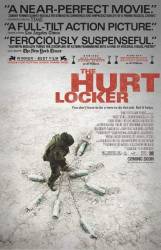
Question: What does the "hurt locker" mean?

Question: Would a sergeant-major participate in a mission?
Answer: This one did, everything ascribed to him in the film was true.
CSM Plumley's records show that he served in 320th Glider Field Artillery Battalion as a scout. The 320th participated in two glider assaults in the European Theater. Also, Plumley never served in Korea during the Korean War, so he couldn't have participated in one of the two combat jumps of that conflict. His record book indicates he was at Ft. Campbell, Kentucky (1951 to early 1953) when he received orders to Germany. Finally, he never claimed to have made any combat jumps in his career.
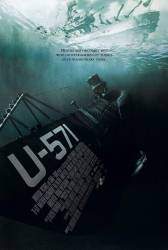
Question: Throughout the film you can see that Tank, played by Dave Power, has funny-looking thin black scars on both cheeks. Was this a makeup effect for the character (and if so, why did they do it), or does the actor really have these scars on his cheeks (and if so, what from)?
Answer: The scars you see on Tank's face are fake, pure makeup. They wanted the character to have a gritty look.

Question: What type of Allied fighter destroyed the units vehicles? It doesn't look like any allied combat aircraft I've seen before.
Answer: It's a Yugoslav Soko 522 Ikarus.
Chosen answer: From the markings it looks like a P47 jug. Strange thing is it was equipped with rockets, which I have only seen outfitted on the P-38 lightning and the P-51 Mustang. Kelly's is a great movie but far from historically accurate. There is a country song Odd Ball Plays as the blow up the rail yard that not even close to having been released at the time.
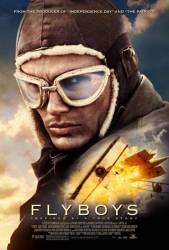
Question: The Dr. 1's are repeatedly shown opening their attack by diving down on their enemy. I know that Dr. 1's (because of their tri-wing configuration) had excellent climbing abilities, but it was hopeless at diving. So my question is: was this a common tactic for German pilots (specifically in the Dr. 1) to do this?
Answer: Easy answer. In WW1 and WW2 pilots would attack with the sun behind them as it made them very hard to spot. "Beware of the Hun in the sun" Once the missile age started it didn't matter.
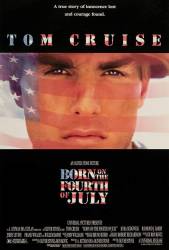
Question: There's a scene in this movie that I've never understood. When Ron Kovic is in the VA hospital, there's one scene where he wakes up in the middle of the night, and looks up and sees something, and screams. What did he see that made him scream?
Answer: He doesn't see anything. He hears his blood dripping back into the makeshift machine the doctors have set up and realizes it isn't working properly. In the previous scene he was told that if they couldn't get the machine to work, he would never walk again.
No, in the previous scene he was told that if they couldn't get the machine to work, he would lose his leg. He was already told he would never walk again.
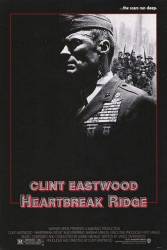
Question: Why was the platoon making such a big deal about wearing shirts during their exercises? I would think they would be better off wearing shirts so they would not get a sunburn. So what was the big deal?
Chosen answer: Gunny Highway insisted that they all wear the same shirts as he himself was wearing. If they showed up in a different one, he made them go shirtless. The reasons for this were 1) to break through their rebellious attitudes and teach them to follow his orders, 2) to make them look and feel unified, and 3) to develop resourcefulness and adaptability in them.
To also display esprit de corp to other units gaining them respect from those units as well as command leadership.
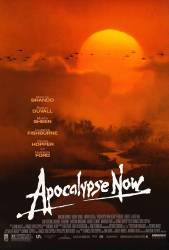
Question: Would anyone happen to know what song is playing in the background on the radio beside the intelligence officer sitting at the bar when Martin Sheen enters the Generals trailer and is being interviewed by Harrison Ford for the first time?
Answer: It's not any specific song; it's just the kind of generic piano music you'd hear at dinner at a high-class restaurant of the era. Think of scenes in movies, films, etc. set or made in the '50s and '60s, where the characters go to a nice dinner and there's someone at the piano playing unobtrusive music to accompany the food/conversation.
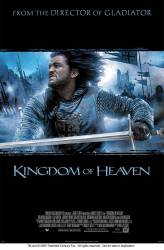
Question: What is the hospitaler inserting into his mouth as he squats near the creek?
Answer: I thought it was cotton with oil of clove for a bad tooth.
Answer: The answer is a "miswak," a dental hygiene twig used, and still used, for cleaning the teeth.
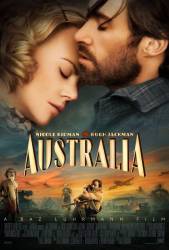
Question: Why did Fletcher stop up the water pump at Faraway Downs?
Answer: So they'd be unable to water their cattle. Which has two benefits for Fletcher. The first being that they'd have to take their cattle to the watering hole on the border of their property, making it easier for Fletcher to steal the cows. Second, and more long term, their cattle would be of poorer quality due to lack of proper care. The ranch would lose money as a result, and they'd be more amenable to selling the ranch to their competition, whom Fletcher works for.
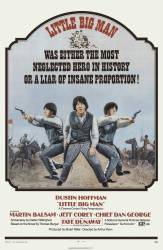
Question: In all honesty I have little (if any) anthropological knowledge of what life was like for Native Americans in the USA in the nineteenth century. But it seemed to me that, for much of the time, the Native Americans in the movie did not resemble the members of a 'hunter gatherer' society whose way of life was under threat from the onset of the modern industrial world. Instead the Native Americans seemed to live, act and behave much more like the members of a 1960's hippie commune. How accurate is that?
Answer: Some members of tribes like the Cheyenne joined in the 'modern' world to some extent, using guns and even putting on Western clothes and eating Western food. While nowhere near the technological nous of the white settlers, the natives were far from being hunter gatherers at this point.
Answer: Well observed sir! What you say is correct. I admit I probably was wrong in calling Native North Americans 'hunter gatherers' as I think some tribes had agriculture and permanent settlements well before Columbus ever reached the American Continent. I also think that the Cherokee consciously tried to adapt to modern life by building houses and becoming farmers. My point was more that it seemed to me that the portrayal of many Native Americans in Little Big Man did not seem historically accurate, but showed them as being more like 1960's hippies. But I am fully aware that this may have been intentional, since the film was giving a 1960's 'spin' on the legends of the 'Wild West'. But please, do not take my posts on this website too seriously. I am fully aware that this was a film made to entertain people, it was not meant to be a historical documentary. And it was the fictional recollections of a 121 year old man. And the film poster said 'Little Big Man was either the most neglected hero in history OR A liar of insane proportion', so you are invited to have your doubts about anything that happens in the film.
Rob, you may want to look into reading the novel the film was based on written by Thomas Berger. He wrote some pretty twisted stuff.

Question: Where was the civil war battle fought nearest Madison, Wisconsin?
Answer: The nearest one I can find listed was at Kirksville in northern Missouri.
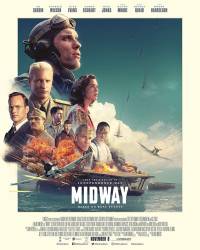
Question: There are scenes in the movie where Dick Best's gunner, Murray, is facing forward in their aircraft, particularly when the aircraft is on the Enterprise. The only time he appears to be facing the rear of the aircraft is when they are under attack. How is that possible?
Answer: Good eye! The gunner's seat in the Douglas SBD was on a swivel. The military rating was actually radioman/gunner, and when facing forward, he had access to a suite of radio equipment and a set of basic flight controls! He could actually fly the SBD from the rear seat, although this is never reported to have been necessary in combat.
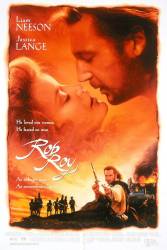
Question: Right at the beginning of the movie, one of Rob's men sniffs at and even takes a bite out of a piece of a cow pat and can estimate the tinkers head start. How is that possible?
Answer: Cow patties leaving the cow and plopping on the ground leave a distinctively odor and start to harden up after a certain length of time. It isn't to hard to speculate that, since these are cattlemen by trade, they would have a systematic way of knowing how long it would take for a cow pie to harden & lose it's odor. Example: they would know that a cow pie left out for 2 days would lose half it's odor & become semi-hard but still have a mushy center.
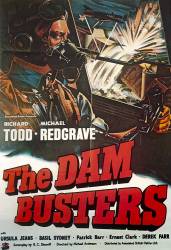
Question: Isn't Gibson (Richard Todd) shown wearing a VC ribbon on his dress tunic? I thought he was awarded this for the raid itself.
Answer: I think Gibson is shown wearing the ribbons (and rosettes) of the Distinguished Service Order and Bar, and Distinguished Flying Cross. He was awarded these medals before the Dam Busters raid. In black and white, the ribbon for the VC with its miniature cross can look similar to the DSO with a rosette for a second award.

Question: Does Schofield throw away his canteen after he pours water over his eyes? In any event he has it again to fill with milk at the abandoned farm house.
Answer: He puts his canteen back after he poured water over his eyes. You can tell because after he gets up it's hanging on his side again.
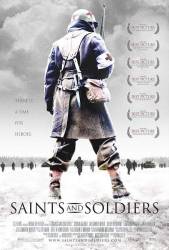
Question: We all assume, as I did when watching the movie, that the opening scene really was intended to be the Malmedy massacre. Could it have been that they were just hinting towards that, and that the opening scene (with the array of mixed Wehrmacht and SS, 101st Airborne and other which is historically not matching Malmedy) was simply another incident? Did the director ever intend to create a grossly false Malmedy scene? There were quite a lot more atrocities in that area and time, with executions of prisoners by both sides.
Answer: The massacre was intended to be Malmedy. Artistic license was taken with the participants but what happened is a possible version of events that caused the massacre.
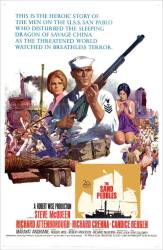
Question: Why was the movie called "The Sand Pebbles?
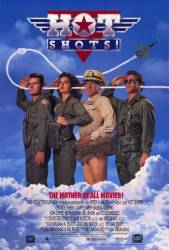
Question: What exactly is a chafing dish?
Chosen answer: A chafing dish is a large metal pan or glass container (either is called a "dish") that is used to serve hot food at a buffet. The dish fits into an elevated metal stand that has one or more holders on the bottom for small sterno containers. The heat from the lit sterno keeps food warm.

Answer: It's a term similar to "a world of hurt". It's both outside of you and within you. The outside definition is that a hurt locker is anywhere you go to find pain. In the film's case, war-torn Iraq is the hurt locker. Inside, your hurt locker is the place you bury your anguish.
johnrosa